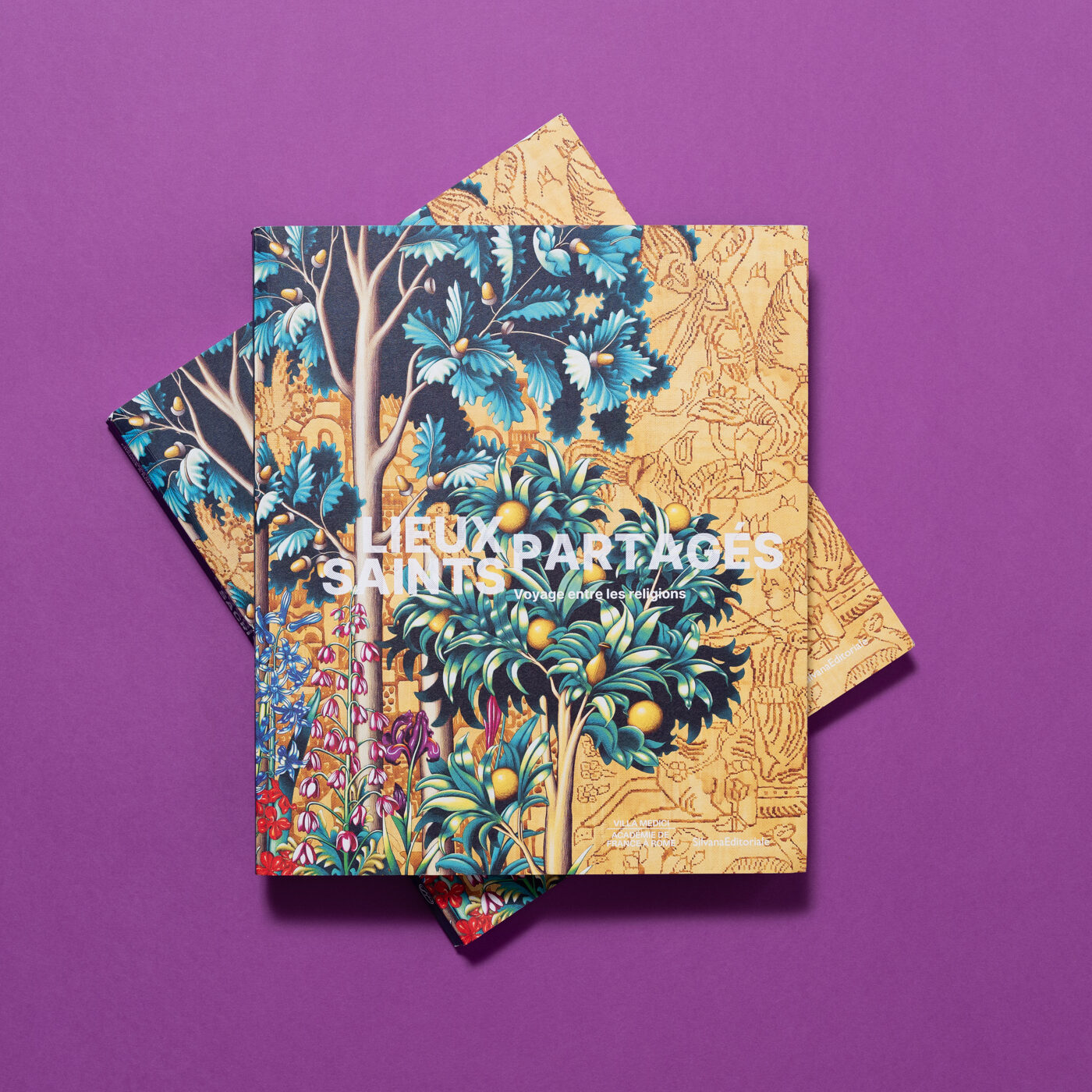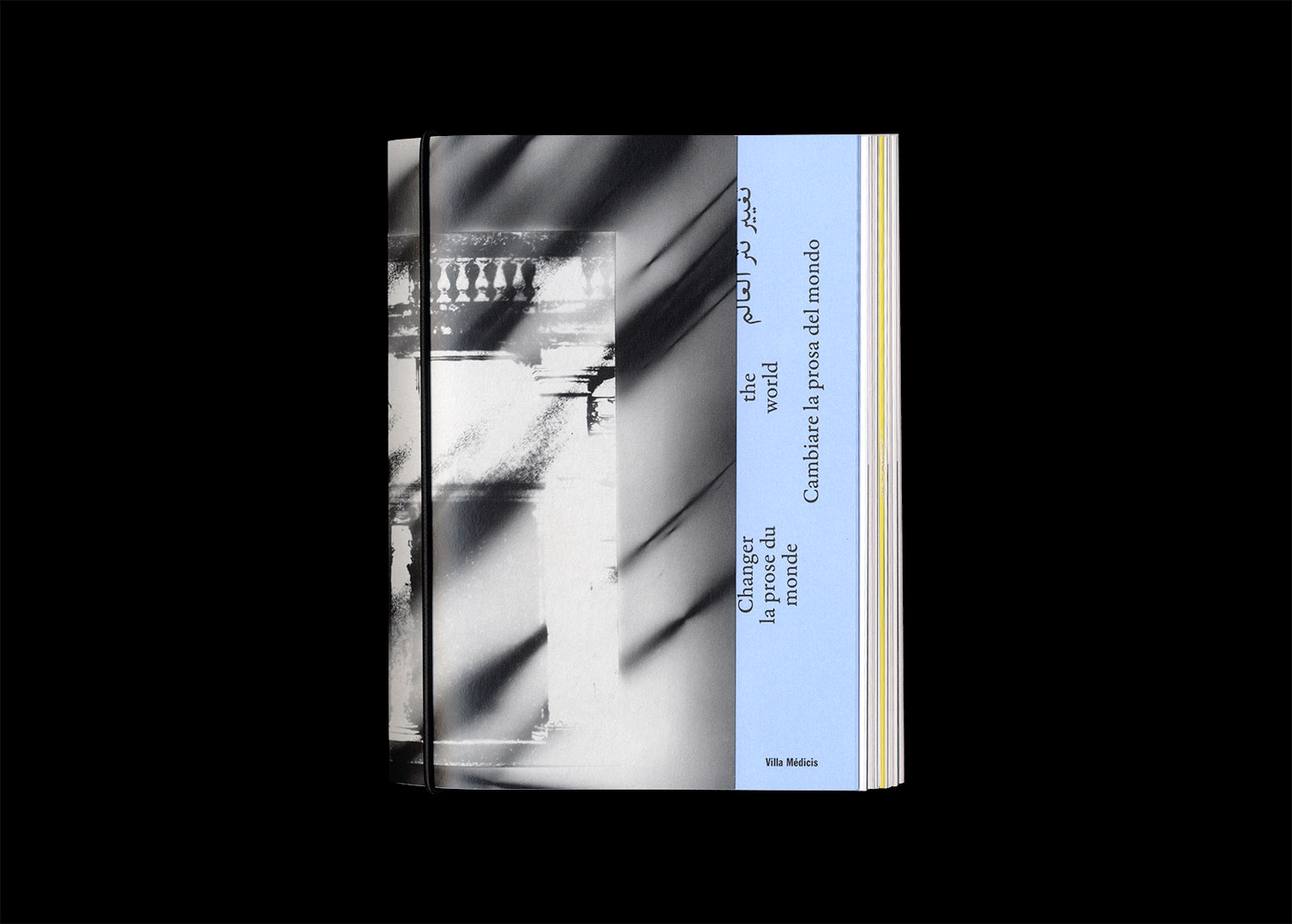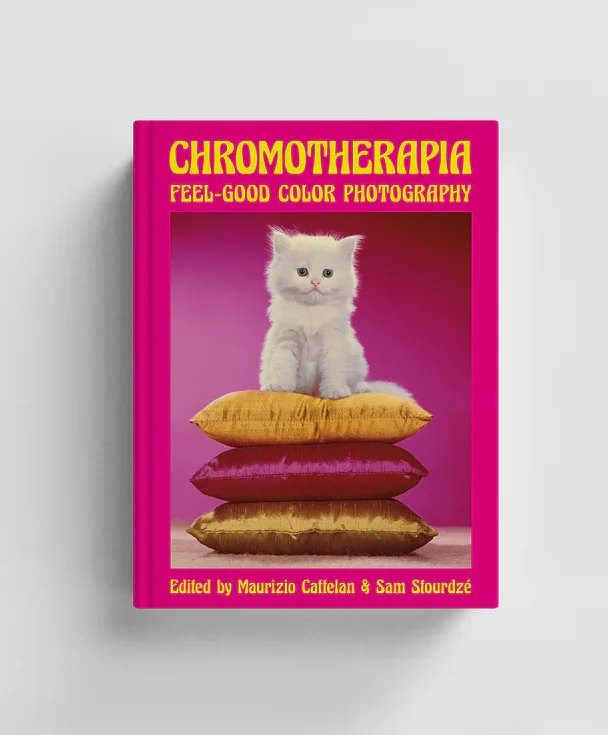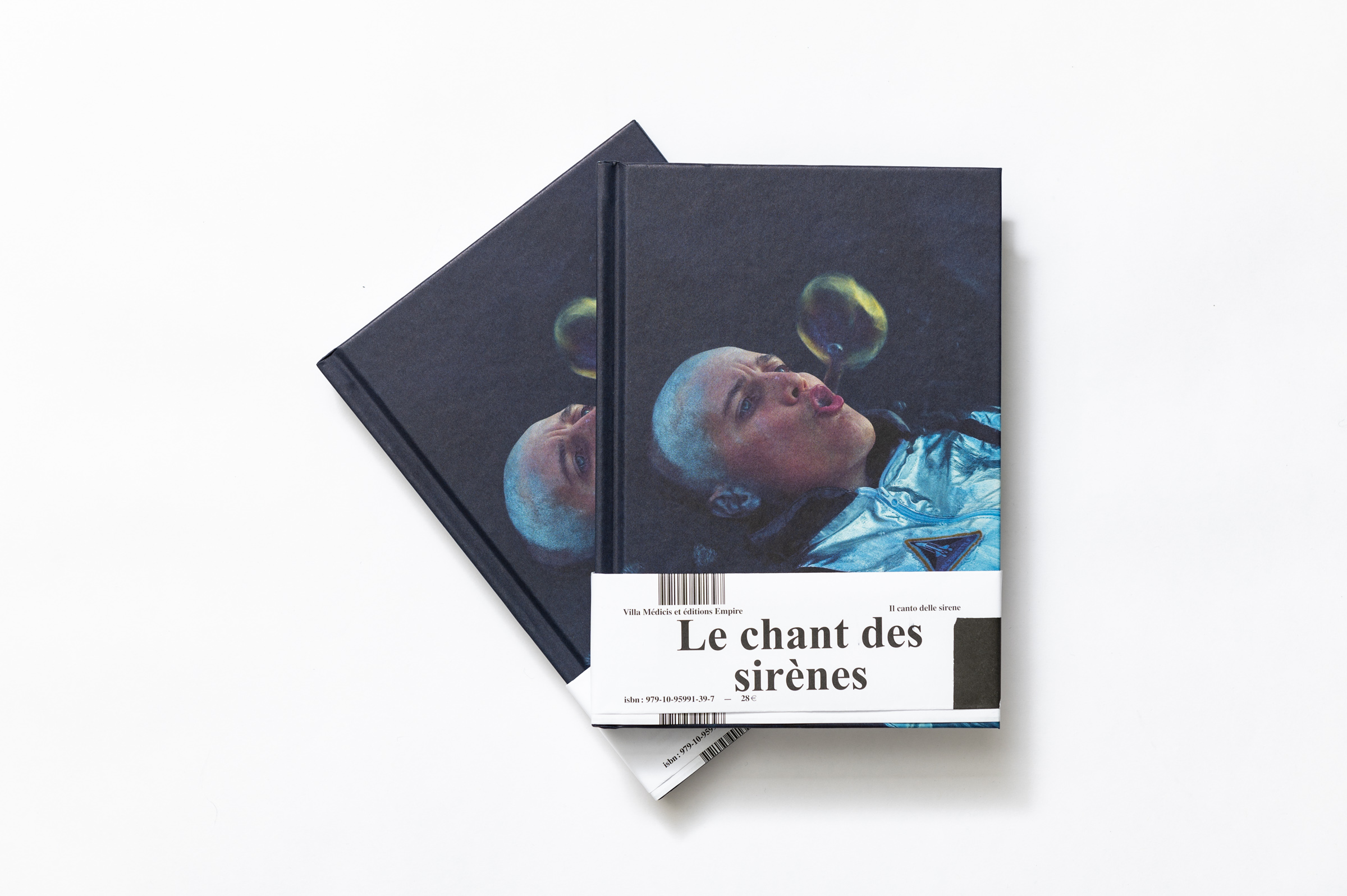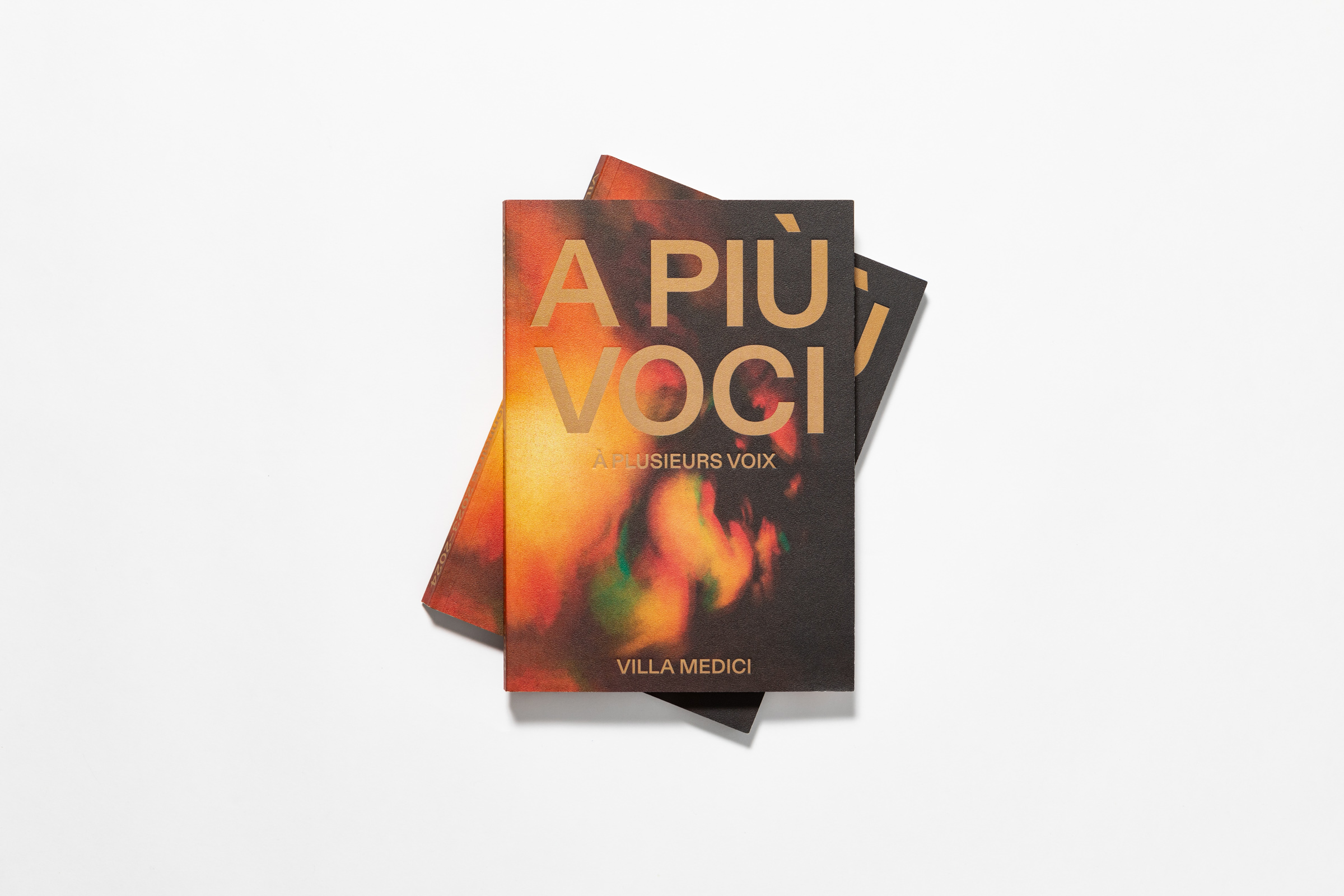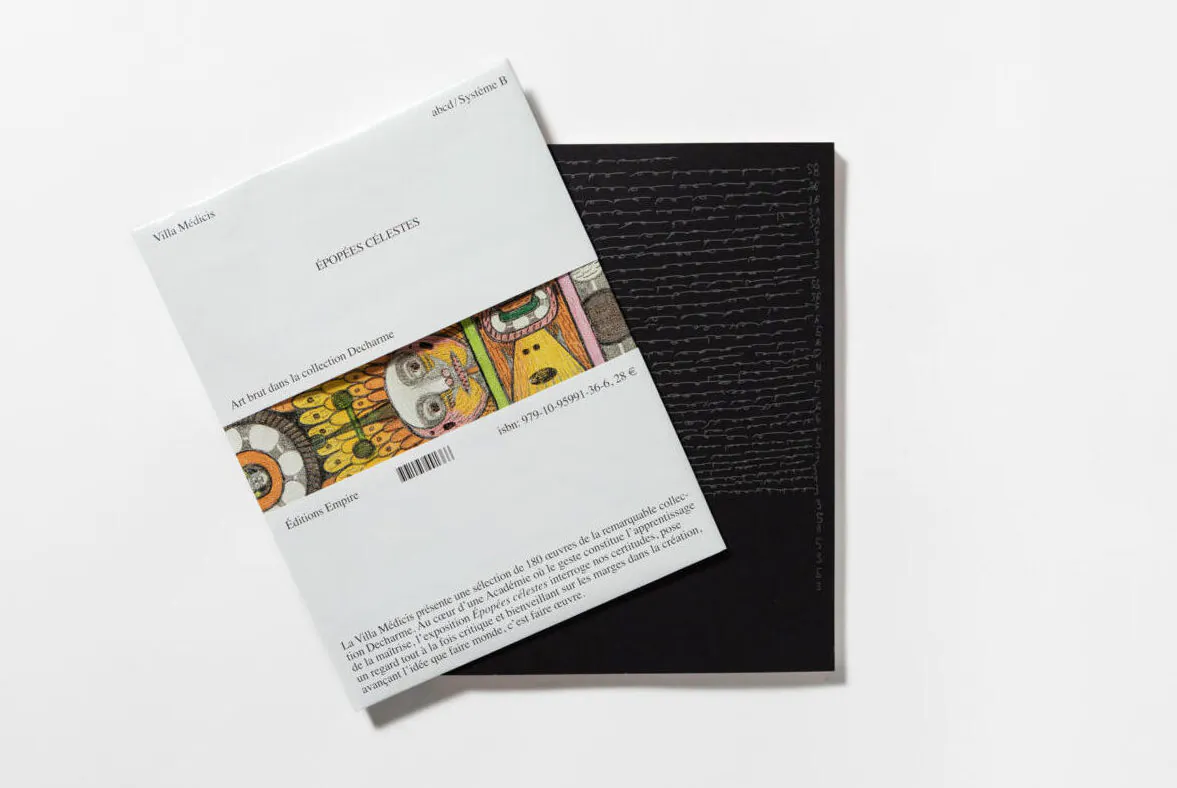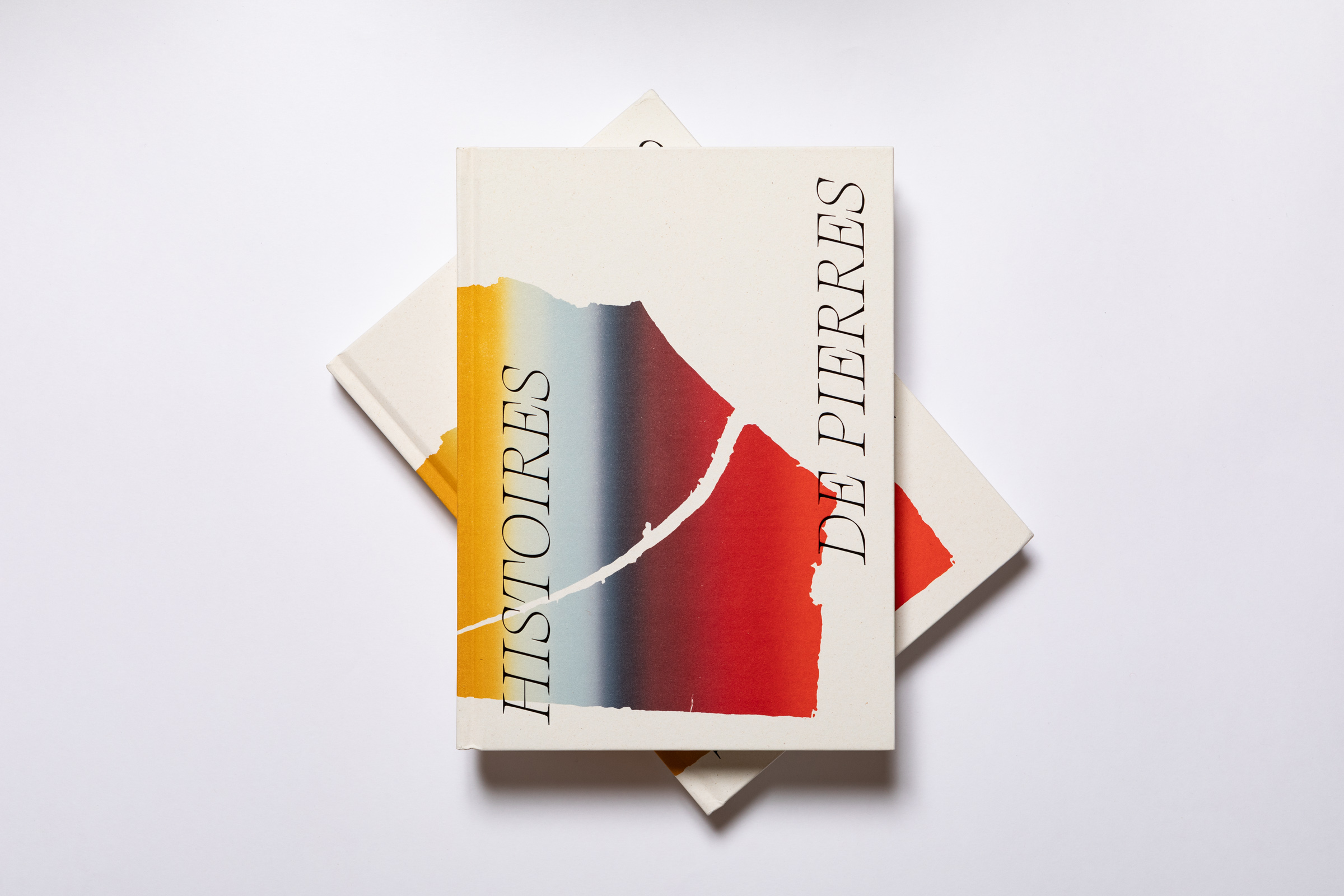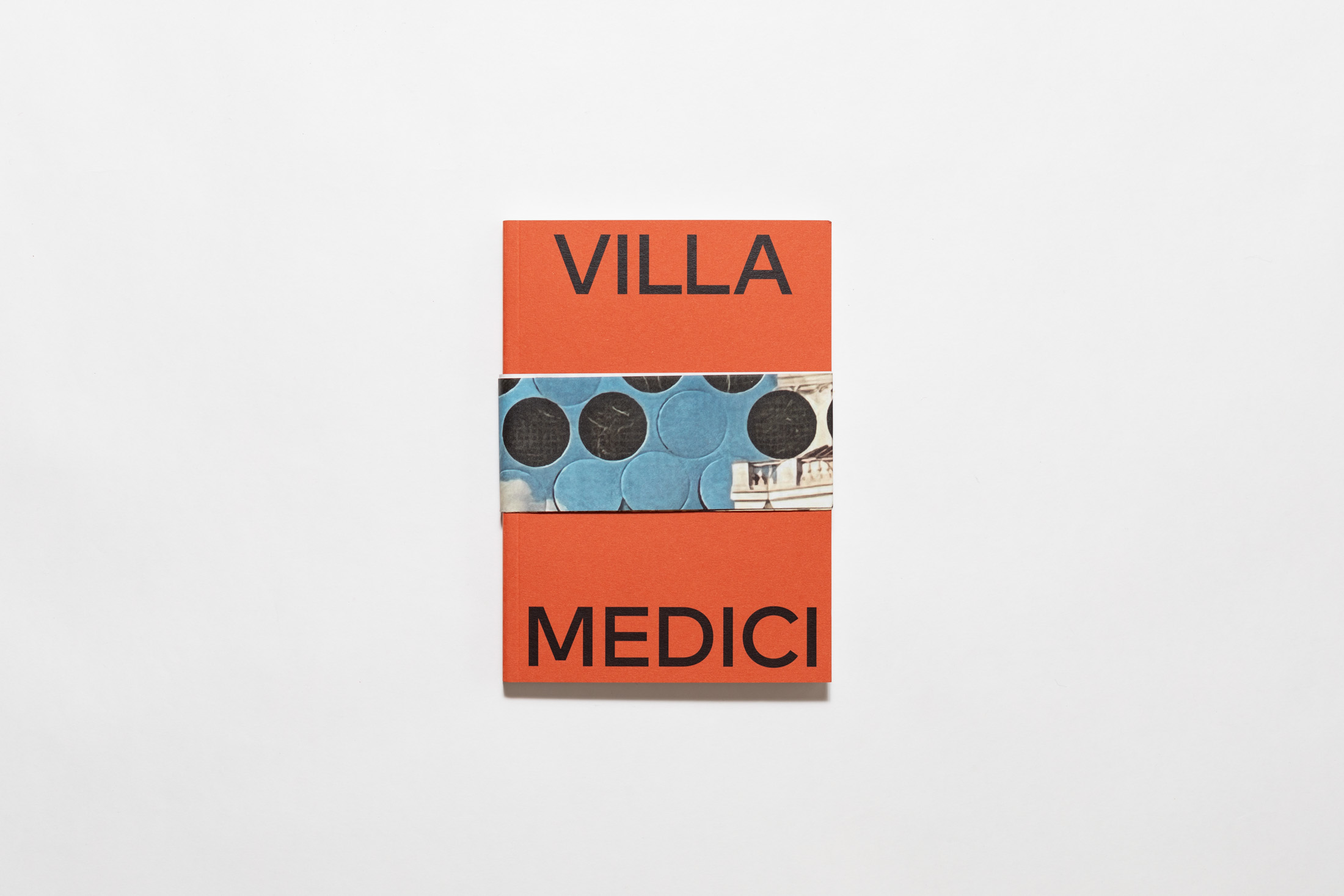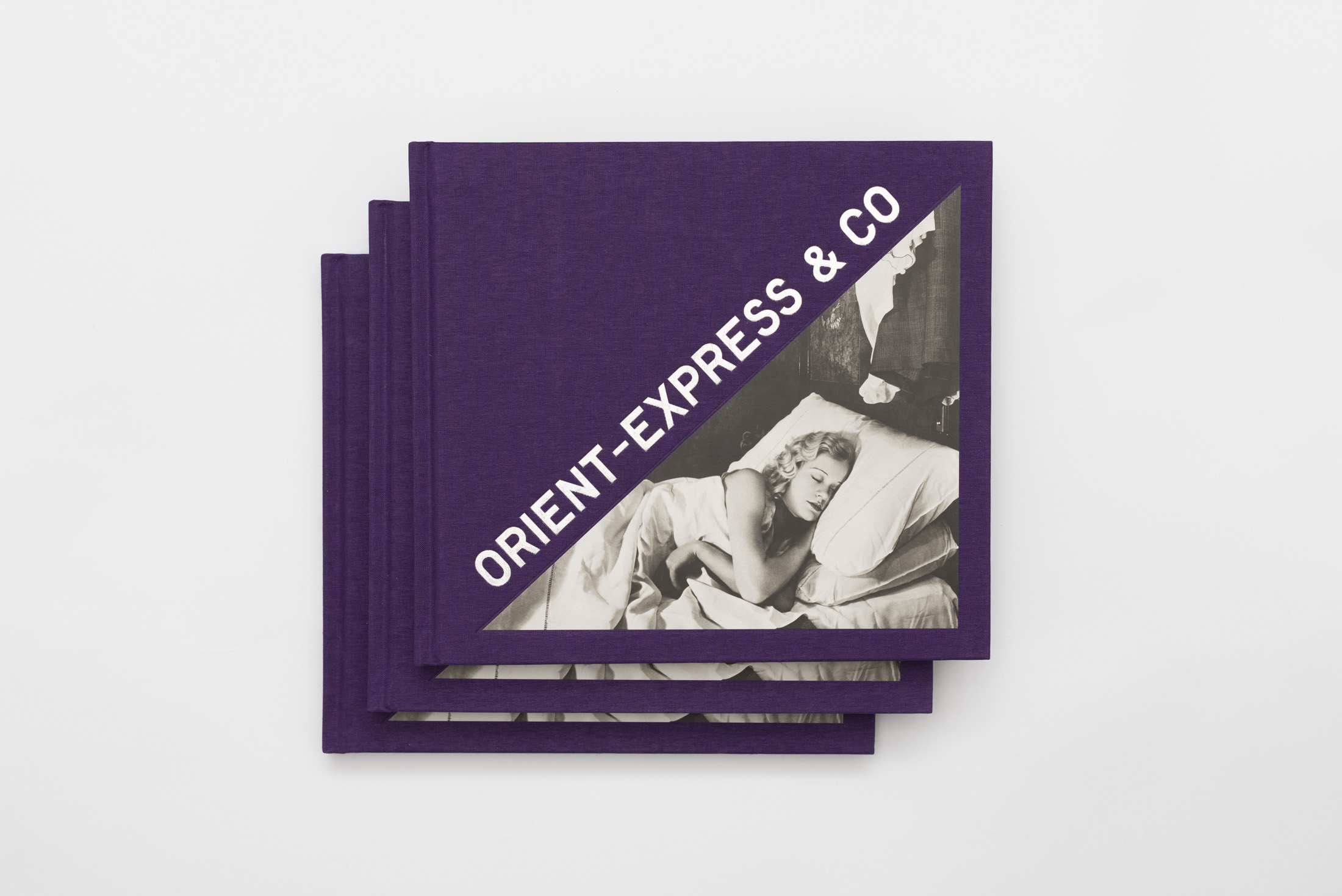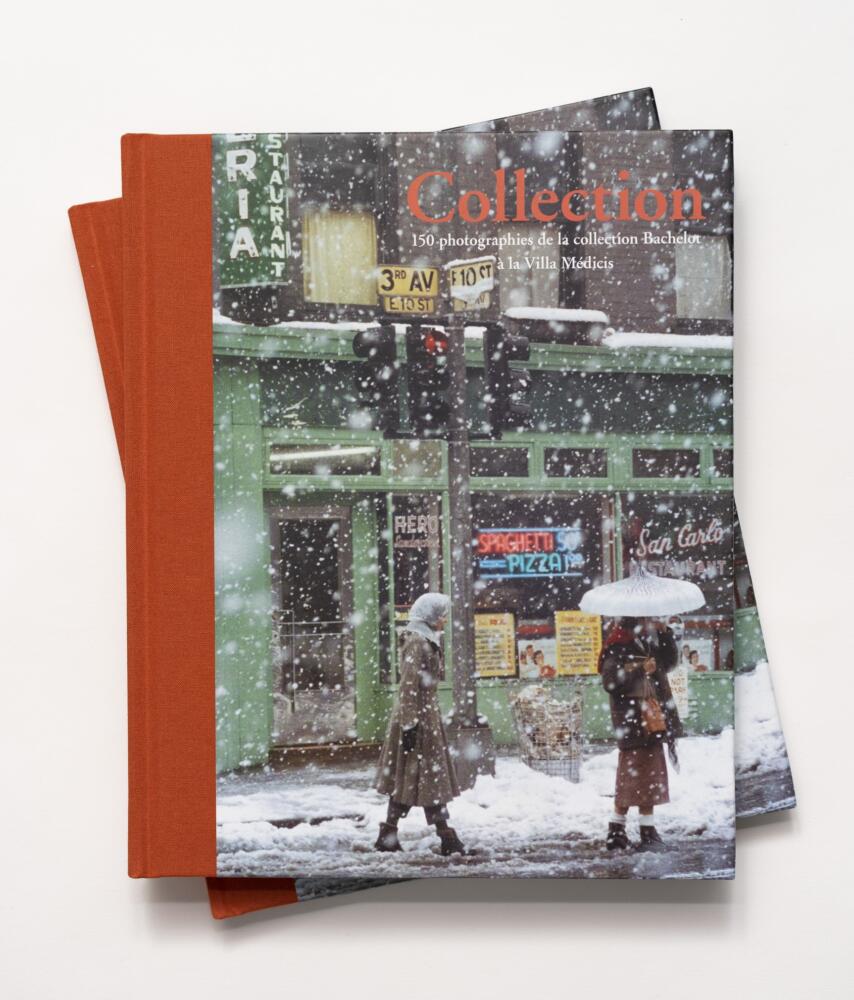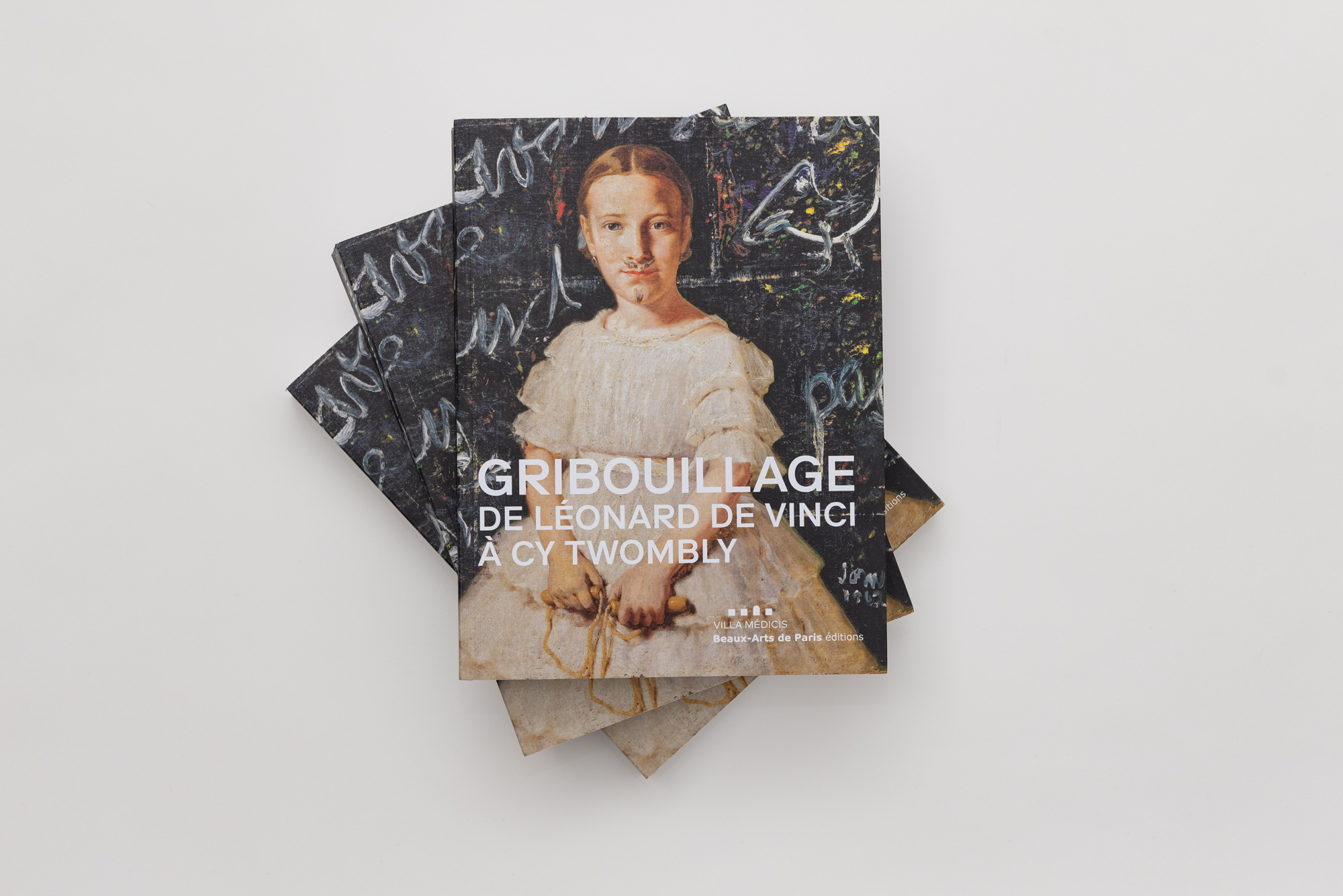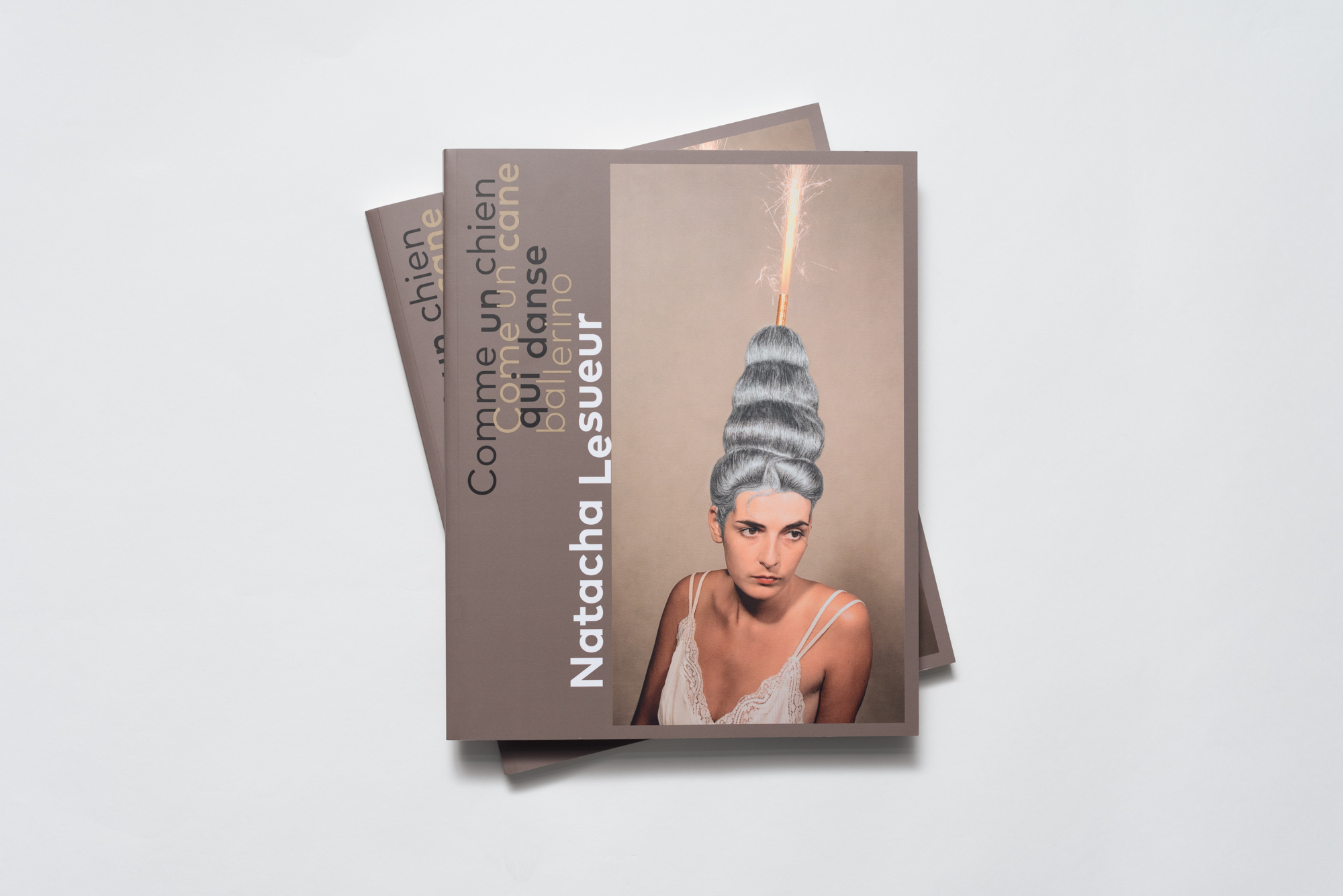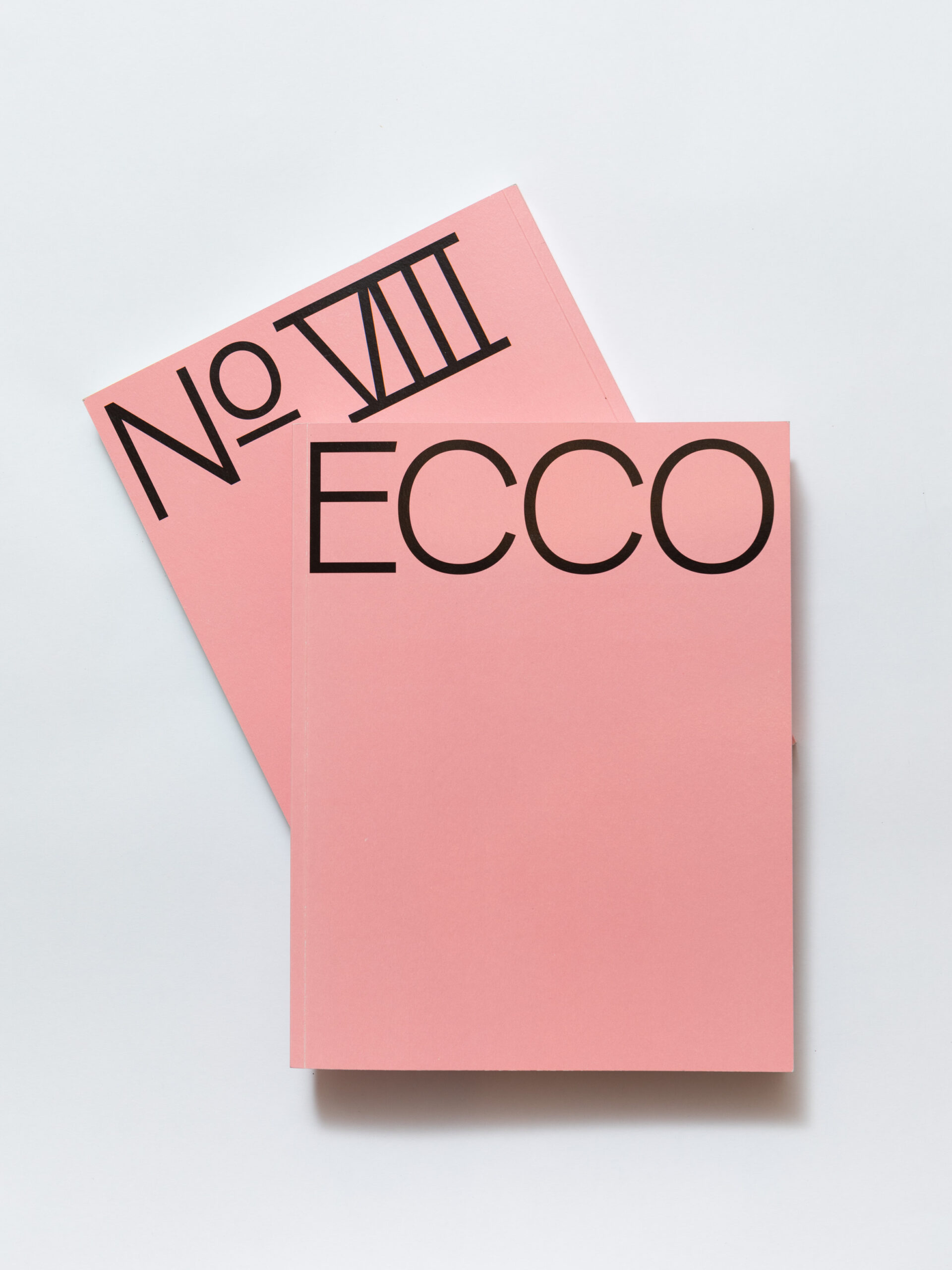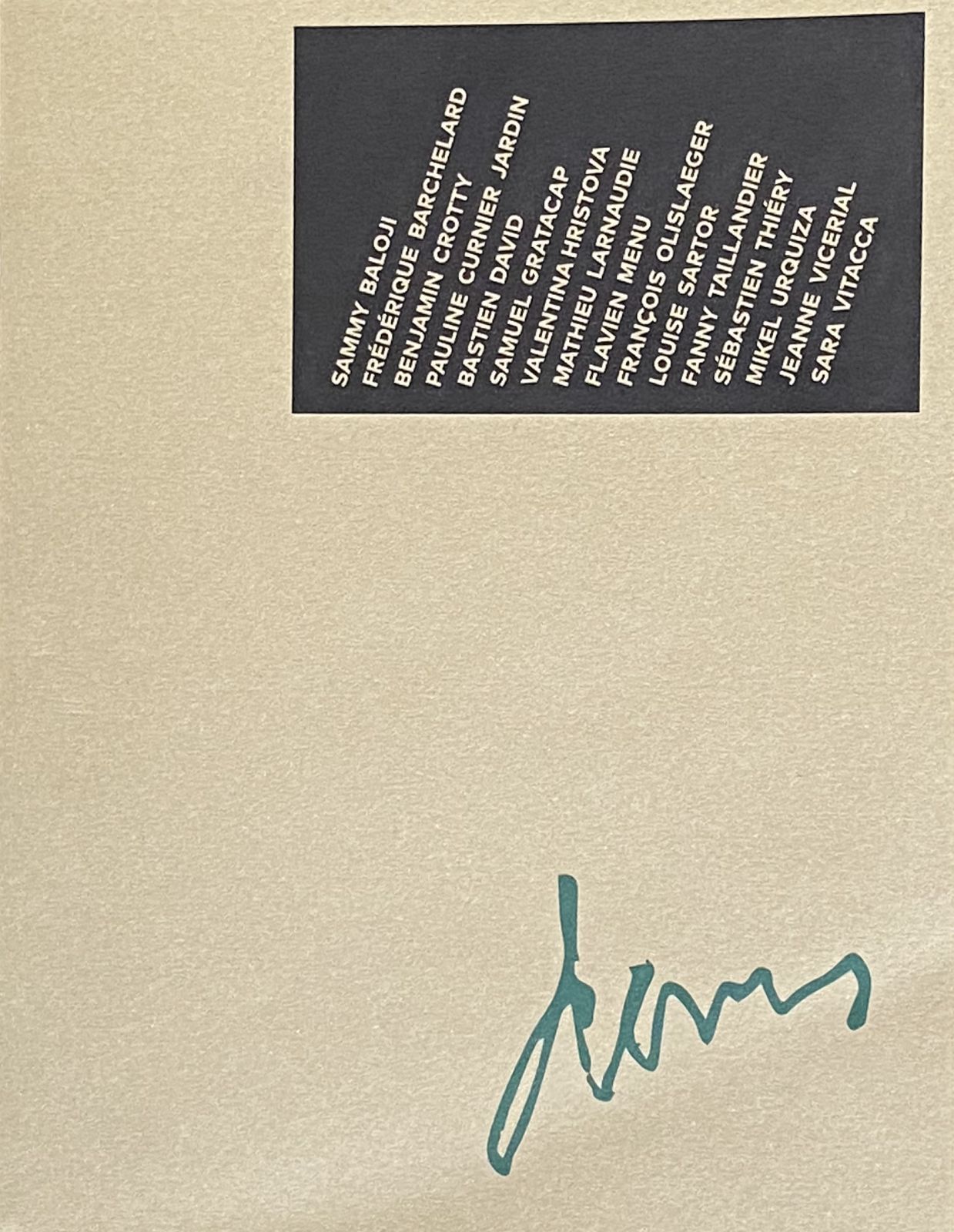Search
I PECCATI
Johan Creten
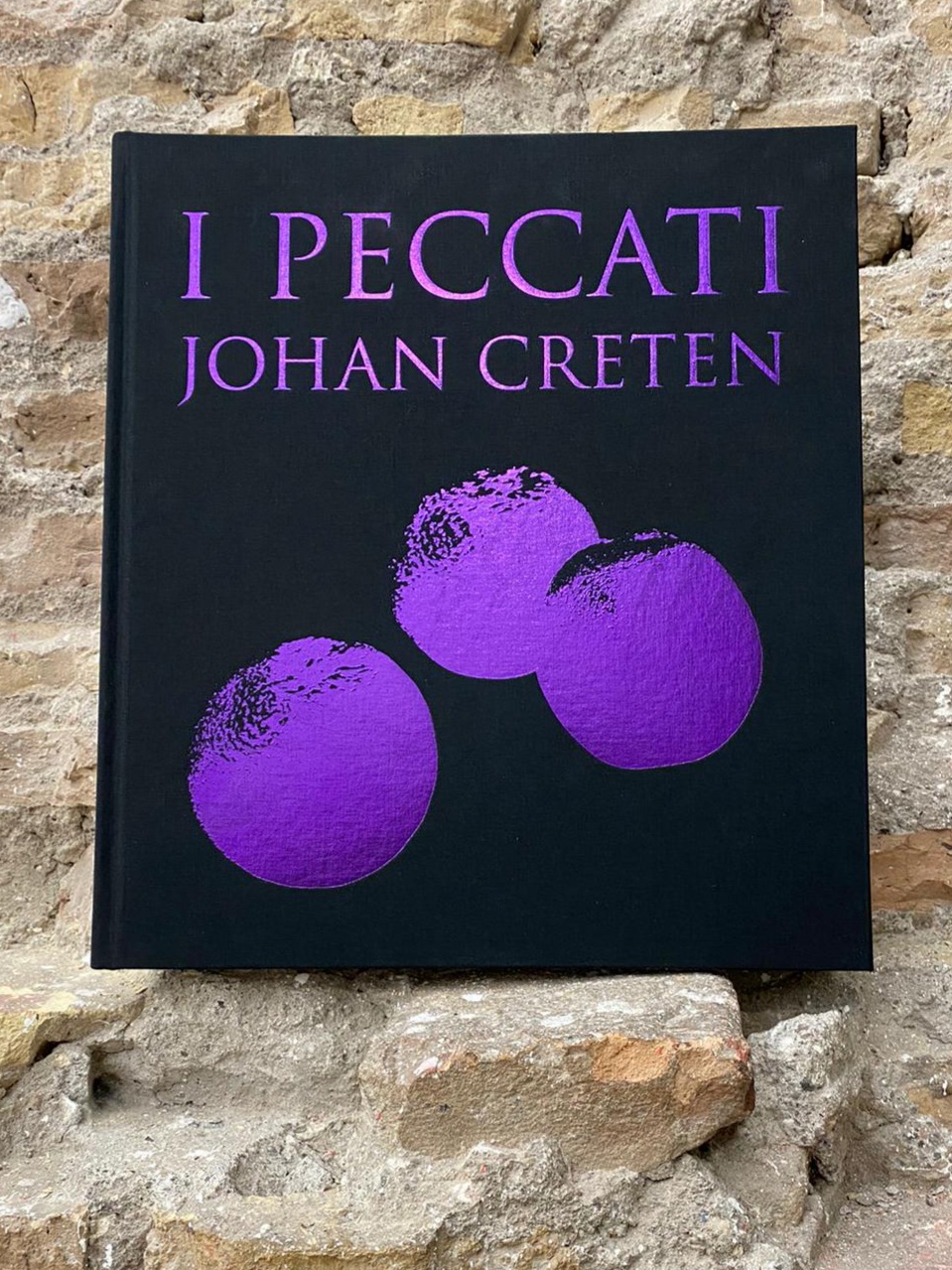
Exhibition catalog
Art history
2020
Prices : 41€
This publication is on sale at Villa Medici gift store.
This catalog accompanies the exhibition I PECCATI by the artist Johan Creten, held from October 15, 2020, to May 23, 2021, at the Villa Medici. Texts by: Stéphane Gaillard (former interim director of the Académie de France – Villa Medici), Noëlle Tissier (curator of the exhibition), Nicolas Bourriaud (art critic and historian), Colin Lemoine (art historian, curator of the sculpture department at the Musée Bourdelle). This catalog was created in collaboration with the Almine Rech and Perrotin galleries.
The exhibition I Peccati brings together, for the first time and with such breadth in Italy, a collection of fifty-five works by the artist, in bronze, ceramic, and resin. These are presented alongside historical works by Lucas Van Leyden (1494-1533), Hans Baldung (1484-1545), Jacques Callot (1592-1635), Barthel Beham (1502-1540), and Paul van Vianen (1570–1614), key milestones in Johan Creten’s creative process.
Johan Creten speaks of “Slow art” and the need for a return to introspection. A movement, ranging from miniature figures to monumental sculptures, that allows time to take its course and offers an immersive exploration of the world, with its individual and societal torments, on a journey full of surprises and emotions. The sculptures of Johan Creten, specially made for the exhibition between 2019 and 2020, add to the pieces that have marked his career from the 1980s to the present. These are here associated with 16th and 17th-century prints, tapestries, and bas-reliefs from the artist’s personal collection. These historical works summoned by the artist are a true reference in his creative process. They reveal his concerns, whether artistic, historical, political, or philosophical. The intersection of these works in the exhibition challenges our perception through multiple points of view that, coming from the past, question the future of our humanity.
“With Johan Creten, the sins are not seven. Seven, this implacable number, the same as the Bible’s sacraments and the hills of Rome. Here, the sins are infinite and limitless, inexhaustible. They cannot be numbered, only designated. Sins are not all capital; they can be imperial, imperious, peripheral, insidious, insignificant, invisible. They always escape calculation and language. The seven capital sins are nothing compared to silliness, barbarism, boredom, mutilation, regret, melancholy, and terror, in short, compared to life itself. Thus, Johan Creten’s sculptures have nothing to do with morality or sanction, guillotine or censorship. They speak of sins, of life that merges desire and pain, hope and misery, luxury and anger, love and death, Eros and Thanatos. They speak of amphibious life, between the Styx and Paradise. They speak of instinctive life, when hearts beat, when serpents coil, when wings unfold, when vulvas open, when the curtain rises and the naked truth emerges from it, finally, that hypnotic Medusa. May sin, after all, not be the tired form of purity? Does it not point to our condition as extremely fallible men? Is sin not, to quote Victor Hugo, a beautiful “gravitation”?”
– Colin Lemoine, art historian
29 x 32 cm
156 pages
French, Italian, English
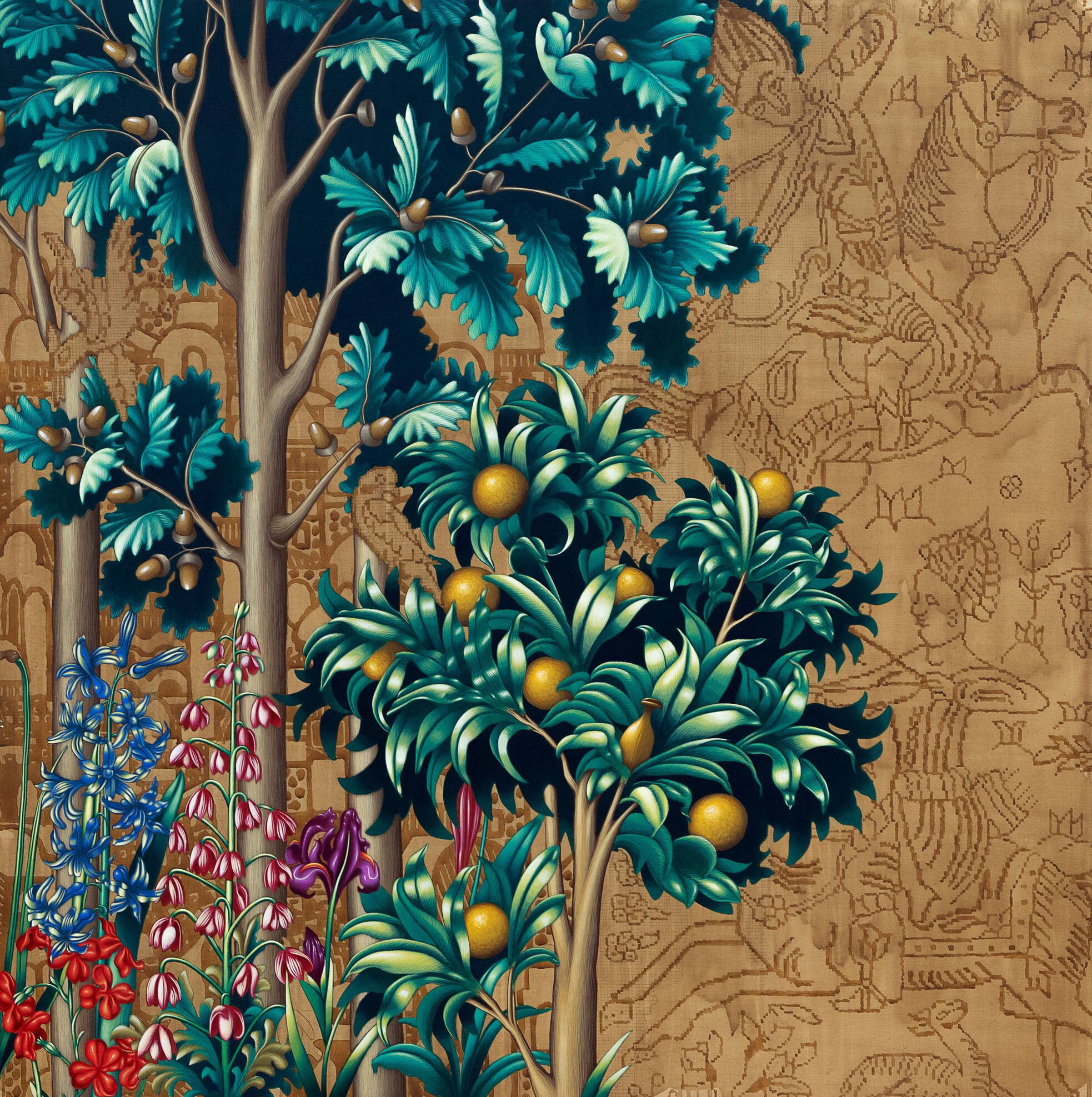
Exhibition
Shared Sacred Sites
09.10.2025 - 19.01.2026
- Curators :
- Dionigi Albera
- Raphaël Bories
- Manoël Pénicaud
I love you
I'm signing up
Get all the latest news from Villa Medici
